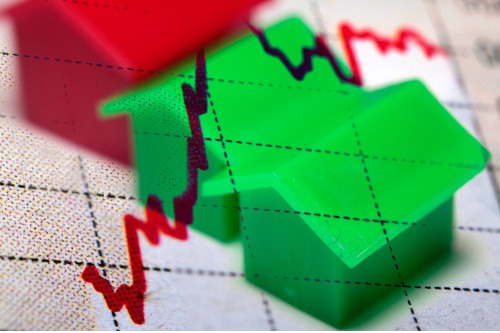A special report from CoreLogic examines the role of housing in the 121-month economic expansion

America’s 121 months of economic growth is the longest in US history but what part has the housing market played in this exceptional story?
CoreLogic has been looking at the stats to find out and in its special report “The Role of Housing in the Longest Economic Expansion” it looks at the 10 years from 2009 to 2019.
Among its findings, the share of homes with negative equity went from 25.9% in the first quarter of 2010 to just 4.1% in the first quarter of 2019; while total home equity hit a record of $15.8 trillion at the end of the first quarter of 2019, up from $6.1 trillion in the first quarter of 2009.
Between the first quarter of 2010 and the first quarter of 2019, the average equity per borrower increased from approximately $75,000 to approximately $171,000.
“During the last nine years, the expansion has created more than 20 million jobs, raised family incomes and rebuilt consumer confidence,” said Frank Nothaft, chief economist at CoreLogic. "The longest stretch of mortgage rates below 5% in more than 60 years has supplemented these factors. These economic forces have driven a recovery in home sales, construction, prices and home equity wealth.”
Housing flip rate has soared
Since 2010, the housing flip rate has increased significantly. In the first quarter of 2018, the number of properties bought and sold again within a two-year period reached its highest point at 11.4%.
Since June 2009, home prices and rents have continued to grow; from 2009 to May 2019 home prices increased a cumulative 50% and single-family rents increased 33%.
The full report is available at https://www.corelogic.com/insights/special-report-the-role-of-housing-in-the-longest-economic-expansion.aspx



